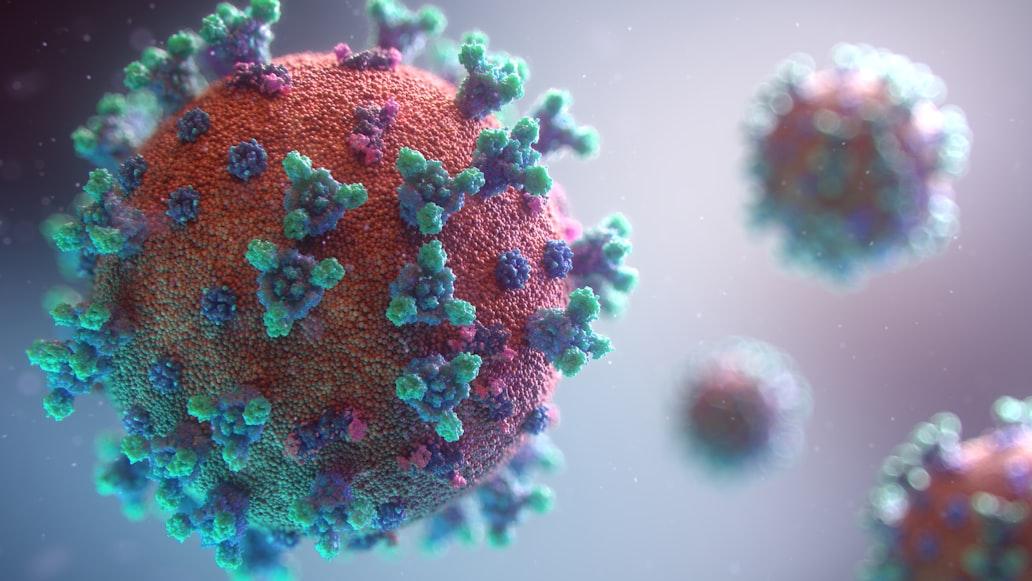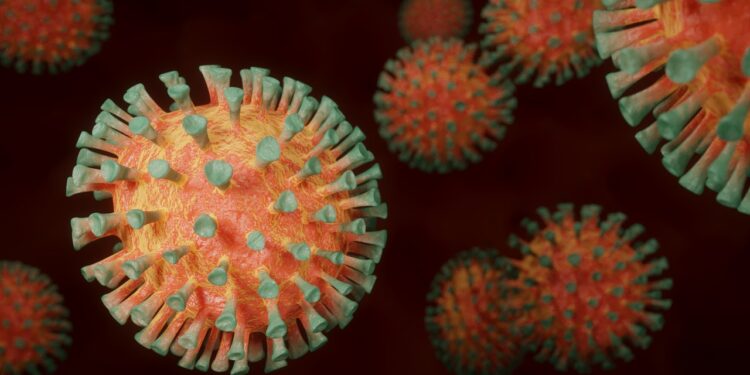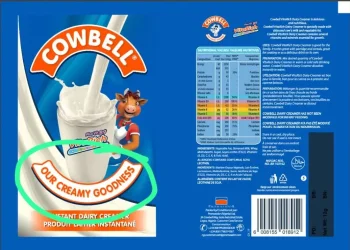Rotavirus is a highly contagious virus that affects babies and young children. This condition causes stomach infection which can get so serious that the child would need hospitalization. Rotavirus belongs to a group of viruses called Reoviridae, and they have a unique structure which is made up of double-stranded RNA.
Every year, Rotavirus is responsible for around 215,000 deaths among children under 5 years old. In this article, we are going to look at the symptoms, causes, and mode of transmission of Rotavirus.

Background of Rotavirus
The ‘Reo’ in ‘Reoviridae’ stands for ”respiratory enteric orphan”, which basically means that these viruses are often found in respiratory and intestinal tracts.
Rotavirus has two strands of RNA twisted together. This structure is different from many other viruses that have single-stranded RNA or DNA.
Just like other viruses, Rotavirus have different strains (types), and the G1 strain is the most common worldwide.
In addition, this virus can survive in a variety of conditions, including on surfaces and in the environment, which makes it easier for the virus to spread, especially in crowded places like schools and daycares.
Symptoms of Rotavirus
- Diarrhea
- Vomiting
- Fever
- Abdominal pain
- Dehydration
What Causes Rotavirus?
It is caused by the virus itself which infects the intestine. When a person comes into contact with it, the virus enters the body and travels to the intestine. The Rotavirus attaches itself to the cells lining the intestine and starts to multiply.
As the virus multiplies, it damages the cells in the intestine, which causes inflammation. The damage done disrupts the normal functioning of the intestine, which makes it hard for the body to absorb water and other nutrients.
How is The Virus Transmitted?
Rotavirus spreads mainly through fecal-oral routes. When someone who has this uses the bathroom, tiny bits of the virus can get left behind on the things that they touch, like the doorknobs, toilet handles, etc. If another person who is uninfected touches those surfaces and then puts their hand in their mouth, like when they eat, they can catch the virus.
However, the virus can also spread through direct contact with someone who is infected. For example, if one child plays with a toy that another child with rotavirus has touched and then puts their hand in their mouth, they can get infected too. It’s the same way with consuming contaminated food or water.
Although this is less common, people can inhale the tiny droplets in the air if someone with rotavirus throws up.
Conclusion
Rotavirus is a contagious virus that affects children, causing them to have serious stomach infections. This virus has a unique structure made up of double-stranded RNA, and a common strain is called G1. This causes around 215,000 deaths each year in kids under 5 years old, especially in developing countries where clean water is hard to find.

















